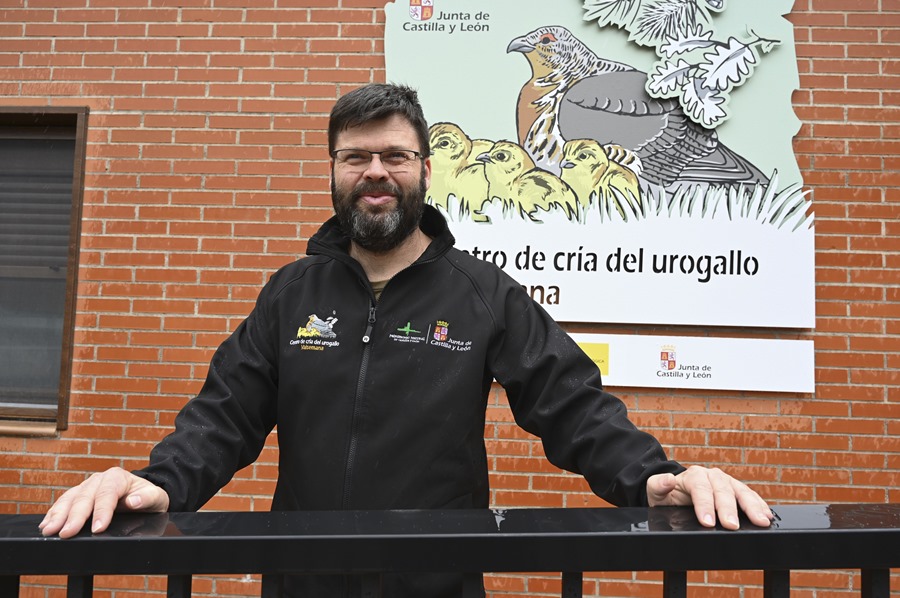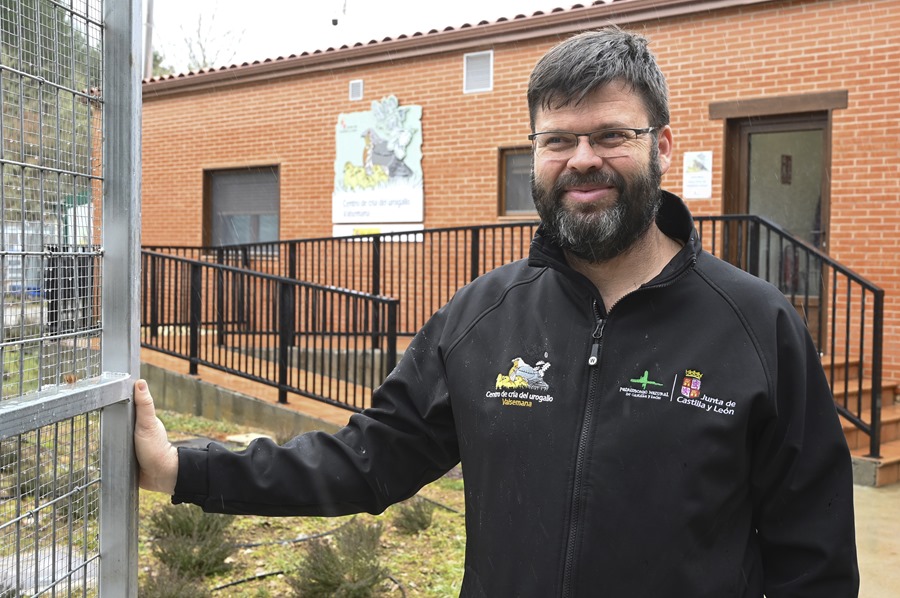La Ercina (León) (EFE) objective of achieving captive breeding of this emblematic species that inhabits the forests of the northwest of the peninsula.
It is one of the most endangered species in the Iberian Peninsula and its current situation is critical because the census barely exceeds two hundred wild specimens, all of them located in León, with almost 80 percent, and Asturias.
“Steps are being taken to achieve the objective, but we must maintain the utmost caution and persist in the effort being made in applied research for the reproduction of capercaillie, which we understand is the priority,” the head of the Service told EFE. of Natural Spaces, Flora and Fauna of the Junta de Castilla y León, David Cubero.
Delicate situation of the capercaillie
This expert has warned that the delicate situation of this emblematic species is not helped by the current imbalance between males and females, with a notable majority of the former, which makes it extremely difficult to reproduce in its natural habitat, the Alto Sil region in León and a large area of southwestern Asturias that includes the councils of Cangas del Narcea and Degaña, among others.

Cubero explained that in 2018 the work plan began to be prepared, which is currently structured into two fundamental lines, the first of which is experimental in nature for the development of all health, management and reproductive protocols, with special emphasis on reproduction and everything related to artificial insemination and incubation and germplasm conservation.
These tests are being carried out with specimens of Central European origin, which are not for the purpose of reproduction but whose results can be applied to the final objective, which is the Cantabrian capercaillie.
These lines of work have resulted in the first wild clutches and twelve eggs have been obtained, of which ten have succeeded and the center has that number of almost one-year-old chicks to begin to form the breeding stock.
The clutches of these eggs were wild and what was done at the Breeding Center was to facilitate their viability, since the first days of these birds are very complicated in terms of survival and it is even more so when the chicks exceed three months. .
“At the Breeding Center we finish the incubation and then we work with these specimens so that both in terms of food and health they successfully pass the first three months of life, and for now the success is that, having achieved in the first year of I work with a survival of the chickens of practically 90 percent”, explained this expert.
And he has added that, as in any breeding program, the breeding stock needs to be formed, for which the only option is to come from wild fauna populations.
Search for affinity between specimens
To define the aforementioned stock, work is being done at the national level to contrast the affinity between the Cantabrian and Pyrenean specimens, and it has been verified that they form part of the same evolutionary unit.
This is not the case of the specimens arrived from Central Europe, which belong to a different evolutionary unit, and the objective of their transfer to León was to experiment with the fine-tuning of all the protocols that must be applied to the target species. (Cantabrian).

“Their arrival in León has allowed us to start working with other specimens whose evolutionary unity is not so threatened and we have been able to apply all the knowledge acquired to the Cantabrian spice, and specifically to the first chicks born at the Breeding Center, which are the that they are called to reproduce in captivity”, he continued.
And he has pointed out: “these chickens have to be the Center’s breeders and the habituation methodology that is applied to them is different from the specimens to be reintroduced into nature.”
In other words, the breeding specimens have to be used to the Breeding Center staff so that they do not suffer handling stress, which cannot happen with those that are going to be reintroduced into their habitat to guarantee their survival.
Difficulties of survival in the natural environment
Regarding the difficulties of survival of this species in the natural environment, the expert has remarked that we must not forget that the capercaillie is a gallinaceous and a prey species exposed to countless dangers in its environment.
An alternative that has been considered is the control of mesocarnivores that prey on this species in its habitat, like ungulates on nests in search of eggs, although experts consider that although this is the greatest threat, the conservation strategy has to go in various directions, such as improving spaces.
Regarding the existence of more males than females, Cubero has pointed out that it may be due to the size, greater than that of the former, which makes the females more vulnerable to their predators, mainly martens and foxes, although he has specified that this hypothesis also genetic issues should be added.
A greater balance in sex would favor the conservation of the capercaillie, pointed out Cubero, who gave as an example another emblematic species of the Cantabrian Mountains such as the brown bear, whose recovery “has come from the increase in female bears with cubs”.






